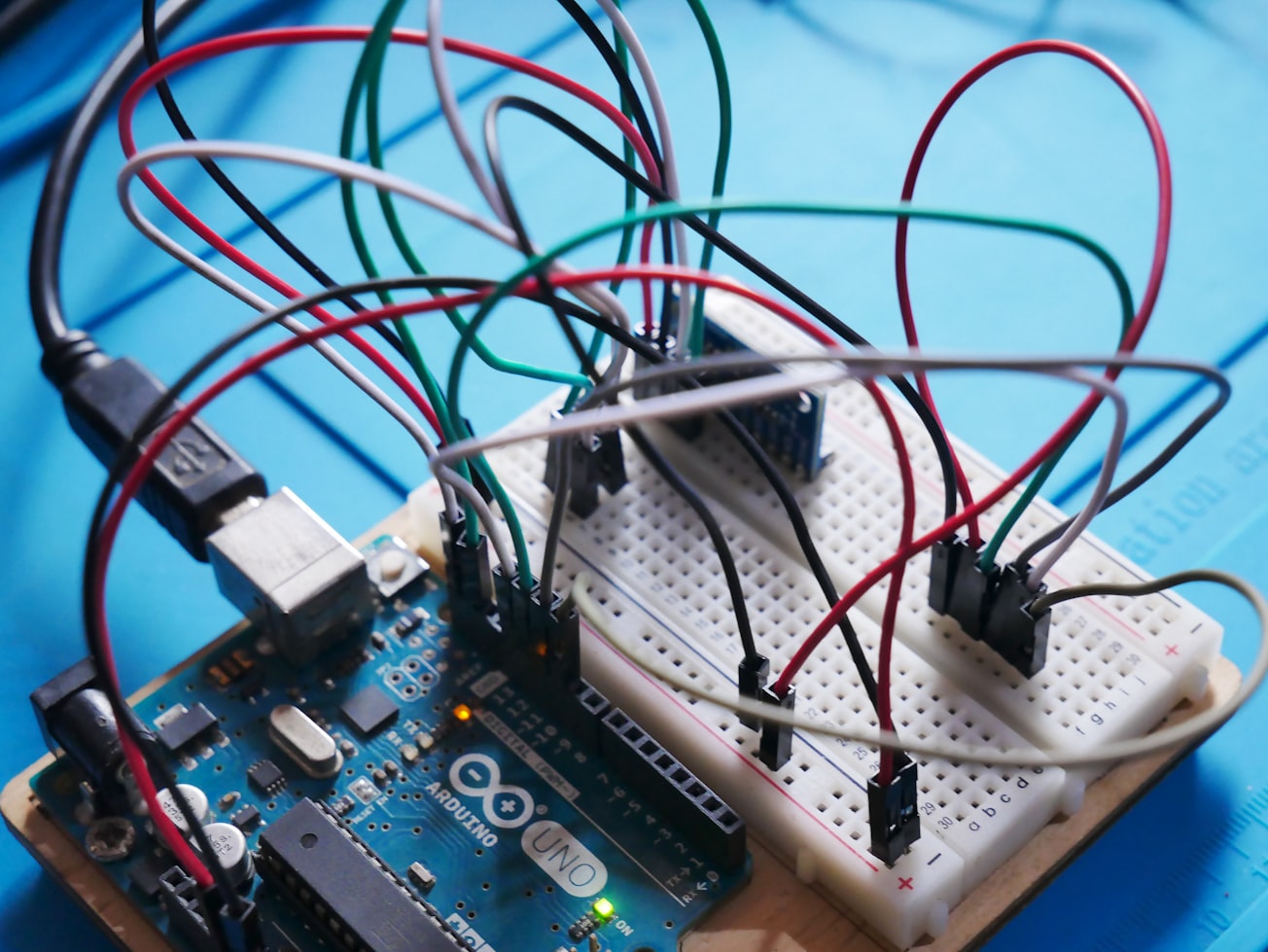What is it about?
Although many unsaturated soil experiments have successfully delivered positive outcomes, most studies just concisely illustrated sensor techniques, because their main objectives focused on bridging research gaps. Inexperienced research fellows might rarely follow up those techniques, so they could encounter very trivial and skill-demanding difficulties, undermining the quality of experimental outcomes. With a motivation to avoid those, this work introduces technical challenges in applying three sensor techniques: high precision tensiometer, spatial time-domain reflectometry (spatial TDR) and digital bench scales, which were utilized to measure three fundamental variables: soil suction, moisture content and accumulative outflow. The technical challenges are comprehensively elaborated from five aspects: the functional mechanism, assembling/manufacturing approaches, installation procedure, simultaneous data-logging configurations and post data/signal processing. The conclusions drawn in this work provide sufficient technical details of three sensors in terms of the aforementioned five aspects. This work aims to facilitate any new research fellows who carry out laboratory-scale soil column tests using the three sensors mentioned above. It is also expected that this work will salvage any experimenters having troubleshooting issues with those sensors and help researchers bypass those issues to focus more on their primary research interests.
Featured Image

Photo by Vishnu Mohanan on Unsplash
Why is it important?
Although many unsaturated soil experiments have successfully delivered positive outcomes, most studies just concisely illustrated sensor techniques, because their main objectives focused on bridging research gaps. Inexperienced research fellows might rarely follow up those techniques, so they could encounter very trivial and skill-demanding difficulties, undermining the quality of experimental outcomes. With a motivation to avoid those, this work introduces technical challenges in applying three sensor techniques: high precision tensiometer, spatial time-domain reflectometry (spatial TDR) and digital bench scales, which were utilized to measure three fundamental variables: soil suction, moisture content and accumulative outflow. The technical challenges are comprehensively elaborated from five aspects: the functional mechanism, assembling/manufacturing approaches, installation procedure, simultaneous data-logging configurations and post data/signal processing. The conclusions drawn in this work provide sufficient technical details of three sensors in terms of the aforementioned five aspects. This work aims to facilitate any new research fellows who carry out laboratory-scale soil column tests using the three sensors mentioned above. It is also expected that this work will salvage any experimenters having troubleshooting issues with those sensors and help researchers bypass those issues to focus more on their primary research interests.
Perspectives
Electrical and Electronic Engineering Biochemistry Instrumentation Atomic and Molecular Physics, and Optics Analytical Chemistry
Dr. Guanxi Yan
University of Queensland
Read the Original
This page is a summary of: The Technical Challenges for Applying Unsaturated Soil Sensors to Conduct Laboratory-Scale Seepage Experiments, Sensors, May 2022, MDPI AG,
DOI: 10.3390/s22103724.
You can read the full text:
Resources
Contributors
The following have contributed to this page







